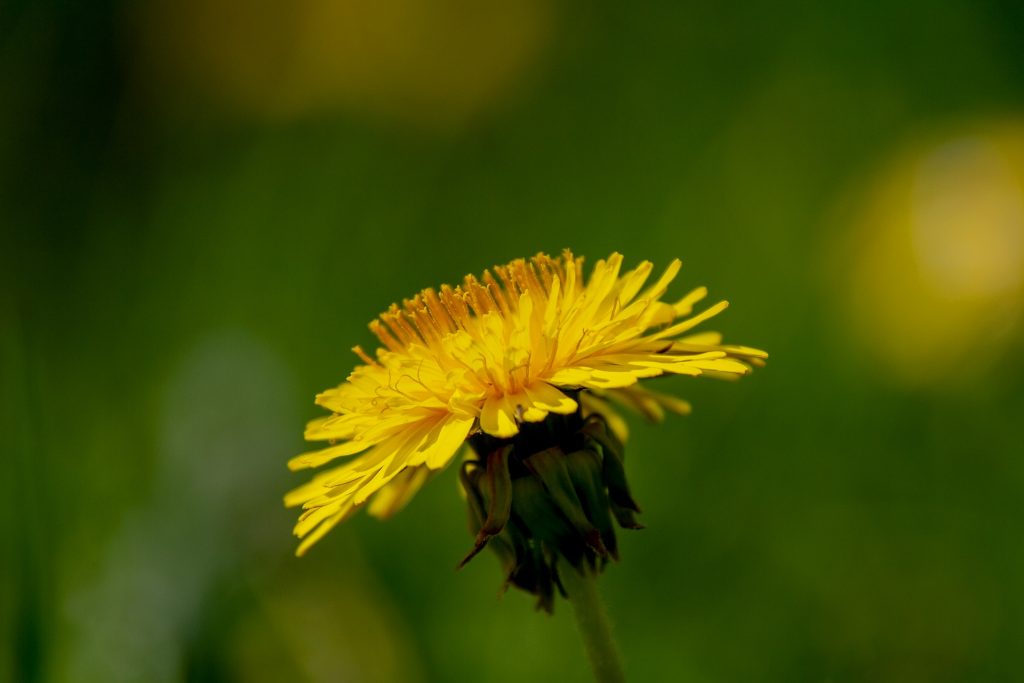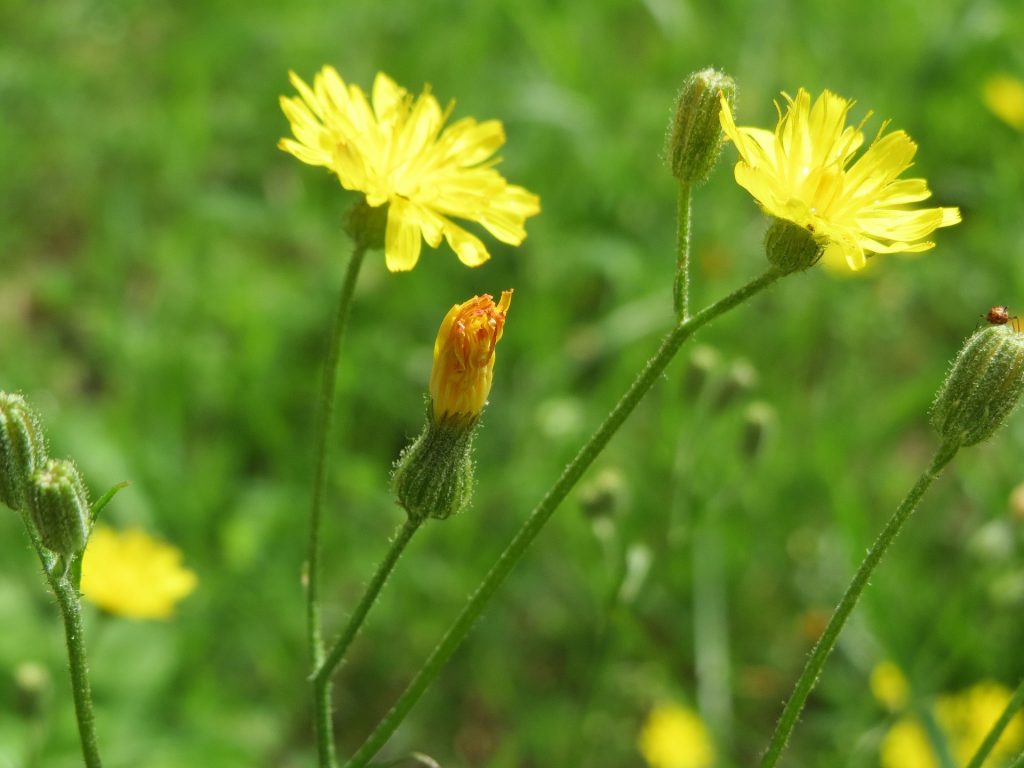 Dandelion (Taraxicum offininale) is a flowering plant that belongs to the Asteraceae family of plants. In this regard they are related to the daisy and chamomile plants. Dandelions are native to Europe and North America, and are edible in their entirety. One of the reasons that dandelions is such a good source of food, apart from their rich nutrient profile, is the fact that they are widely distributed, easily identified and available in large numbers growing wild. In this respect, the weed-like nature and invasive growth is a benefit to those who wish to take advantage of eating them. Dandelions are considered a weed by most, but are a great source of nutrients, and are available for large parts of the year. Dandelions grow almost anywhere, and some can even be found growing through tarmac and concrete on roadsides and buildings. Dandelions start growing in autumn, but blossom throughout the year, and the fruit of the flower is the familiar cotton like seed carrier that disperses the seeds in the wind.
Dandelion (Taraxicum offininale) is a flowering plant that belongs to the Asteraceae family of plants. In this regard they are related to the daisy and chamomile plants. Dandelions are native to Europe and North America, and are edible in their entirety. One of the reasons that dandelions is such a good source of food, apart from their rich nutrient profile, is the fact that they are widely distributed, easily identified and available in large numbers growing wild. In this respect, the weed-like nature and invasive growth is a benefit to those who wish to take advantage of eating them. Dandelions are considered a weed by most, but are a great source of nutrients, and are available for large parts of the year. Dandelions grow almost anywhere, and some can even be found growing through tarmac and concrete on roadsides and buildings. Dandelions start growing in autumn, but blossom throughout the year, and the fruit of the flower is the familiar cotton like seed carrier that disperses the seeds in the wind.

The flower heads of dandelion are a bright yellow color. This colour represents the carotenoids they contain. Chemical analysis of dandelion flowers have detected the presence of beta-carotene, cryptoxanthin, flavoxanthin and lutein.
Studies have investigated the nutrients present in dandelions and in this regard most studies have analysed the leaves. The protein content of the leaves is around 15 to 20 grams per 100 grams, which is reasonably high although the biological value of the protein is only 50 to 60 % of that of casein. The leaves also contain a large amount of fibre, as might be expected, which equates to around 50 grams per 100 grams. Some of this fibre will be available as a source of energy through fermentation in the colon to short chain fatty acids. The leaves are also rich in vitamin C and carotenoids, and in this regard is similar to spinach. The leaves are also a reasonable source of essential fatty acids, with high amounts of the omega-3 fatty acid alpha-linolenic acid. The roots of dandelion are also edible, but are so bitter that eating them is not easy. However, roasting them and grinding them allows the production of dandelion coffee, which is a nutrient dense and tasty drink. The flowers can be eaten and are rich in carotenoids.

Dandelions are very similar to other plants from the Asteraceae family. These similar plants are often referred to as false dandelions. False dandelions include cat’s ear (Hypochaeris), hawkweed (Hieracium) and hawksbeard (Crepis). False dandelions are distinguished from true dandelions on account of their branched solid stems that bear multiple flower heads. True dandelions have single flowers on unbranched stems, the stems being hollow and protruding from a cluster of leaves at the base of the stem. Image is of cat’s ear plant, showing the branched stems, and dandelion-like flowers.
Eat Well, Stay Healthy and Protect Yourself
RdB
